
How to dry apricots?
3 single methods to make homemade dried apricots, store them and use them
Contents
Apricot is one of summer’s most popular fruits : in addition to its tangy, delectable flavour, it is a source of energy, rich in trace elements, vitamins and fibre. So to enjoy its taste and benefits outside summer, why not make homemade dried apricots ?
Drying harvested fruits and vegetables from the garden is a perfect solution to extend their shelf life. The technique takes a little time, but is extremely simple.
Discover how to select the best fruits, prepare them for drying, store them and, of course, enjoy them in cooking.
Selecting and preparing apricots for drying
Apricot harvest takes place between June and August, depending on variety. Drying should therefore be carried out at this time, when fruits are fully ripe.
Climate will also be more favourable for drying fruit: surroundings are warmer and there is less moisture in the air.
To select apricots for drying, favour ripe, unspoilt fruit of similar size so they dry at the same rate.

Preparing fruit before drying is quick.
- Wash apricots under water and pat dry with absorbent paper;
- Cut fruit in half lengthways and remove stones. It is possible to cut fruit into thinner slices to reduce drying time;
- You can flavour apricots by sprinkling them with sugar, vanilla or cinnamon. Here we present the most ‘natural’ version, with no additions.
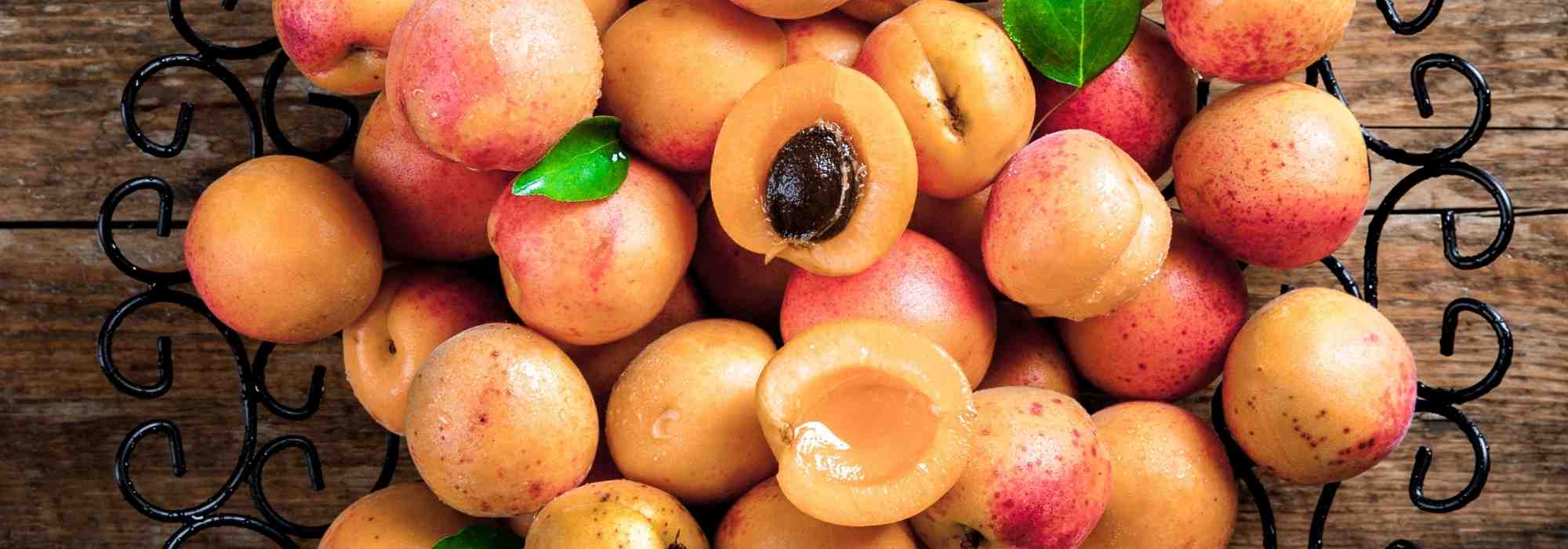
Apricot varieties best suited to drying
For drying, favour apricot varieties that are fairly large, fleshy, very sweet and as low in juice as possible so they contain less water.
To obtain the best dried apricot, you can choose the varieties :
- ‘Canino’, for its large sweet fruits with firm flesh
- ‘Bergeron’ for its very firm, fragrant flesh
- ‘Luizet’ for its large size and easy pitting
- ‘Rouge du Roussillon’, whose melting, pulpy flesh holds up well to cooking
Read also
Apricot tree: the best varietiesHow to dry fresh apricots in the oven?
All oven models can be used to make dried apricots. The only difficulty is finding the right balance of cooking: undercooked, dried apricot will still contain moisture and will not keep well; overcooked, flavour will be altered and texture less pleasant.
- Preheat your oven to 50°C–60°C (select lowest possible temperature).
- Spread prepared apricots on a baking tray lined with parchment paper or on a Silpat-type baking sheet, spacing them so they do not touch.
- Dry for an average of 10 to 12 hours. For more homogeneous drying, turn the apricots regularly. From time to time, you can also prop the oven door open slightly to let moisture escape.
Cooking time will vary according to apricot size, quantity of fruit to dry and oven temperature.
Pros:
- many households already have an oven
- method is simple
Cons:
- drying time is long and energy-intensive
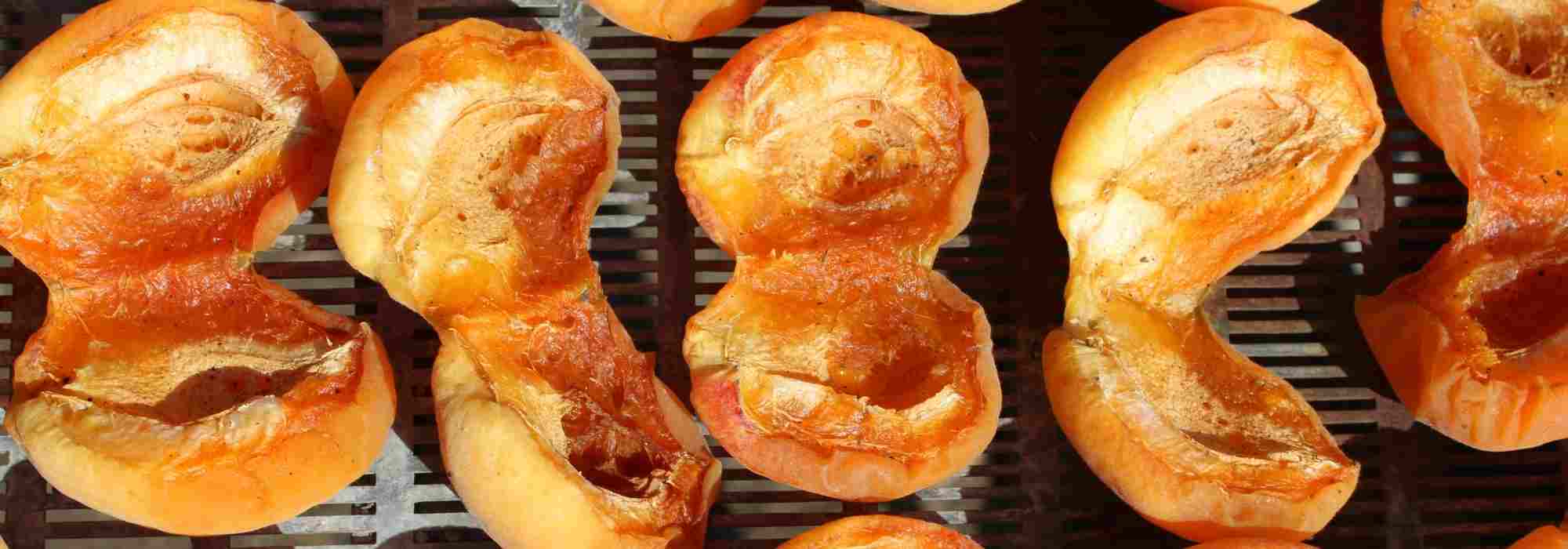
Discover other Apricot trees
View all →Available in 1 sizes
Available in 5 sizes
Available in 4 sizes
Available in 1 sizes
Available in 5 sizes
Available in 2 sizes
Available in 4 sizes
Available in 2 sizes
Available in 1 sizes
Available in 5 sizes
How to dry apricots in a dehydrator?
Drying apricots in a dehydrator follows the same process as drying in an oven: low temperature removes water naturally present in apricots.
- Place prepared apricots on the short stem of bulb(s).
- Leave to dry for several hours to a few days. Drying time will depend on several parameters: dehydrator model, temperature, size and ripening of the fruit
Pros:
- Process is simple
- Best way to obtain perfectly dried apricots
Cons:
- Requires a dedicated electrical appliance solely for drying
- Long drying time, but still less energy-consuming than an oven
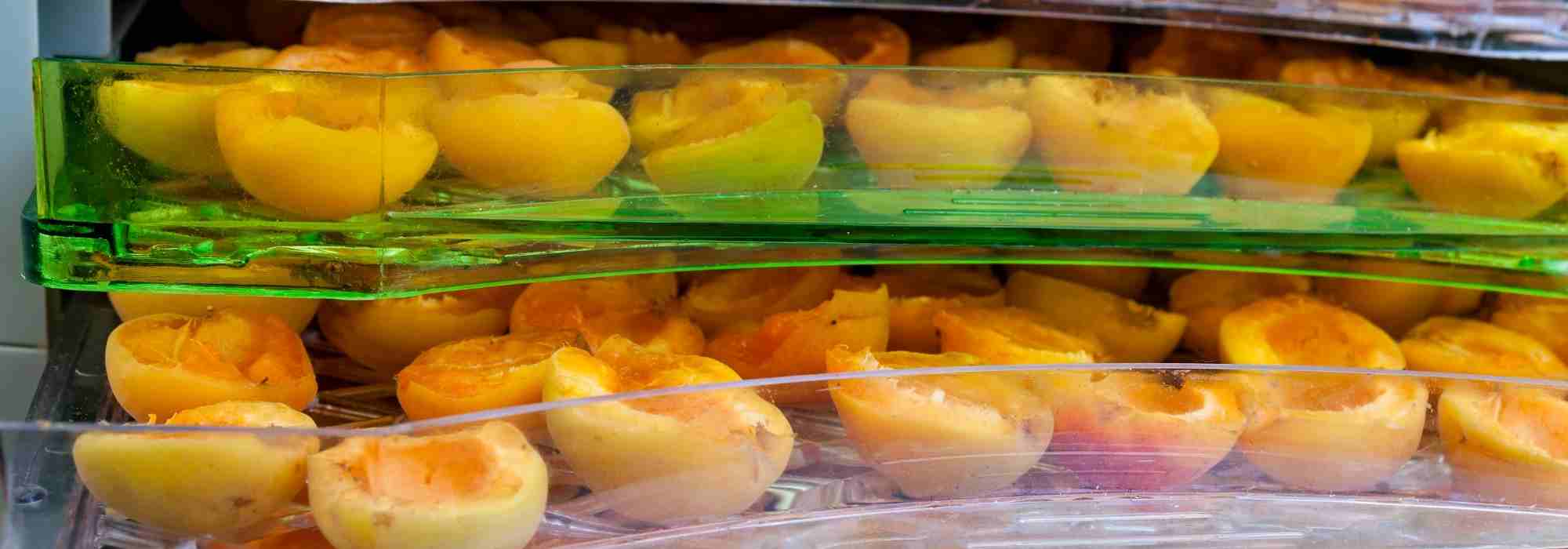
Read also
Drying harvested fruits from the gardenHow to sun‑dry apricots naturally?
Sun-drying of fruit and vegetables is an ancient food-preserving technique, which allowed storing food supplies in preparation for winter.
A dry atmosphere, high temperatures above 30°C and warm nights…Mediterranean climate or hot summer heatwaves are favourable for sun-drying apricots.
- Arrange apricots on a wooden tray, crate or wire rack (any support that allows air to circulate) making sure they do not touch.
- Place them in full sun, ideally with a south / south-west exposure in a well-ventilated spot: roof, terrace, steps, balcony…You can also use – or build – a solar oven.
- Cover the fruit with a fine cloth, sheet or netting to protect them from dust and insects.
- Turn and inspect the fruit regularly (ideally once a day), discarding apricots that begin to spoil. Bring them under cover in case of humid nights or bad weather, to prevent the fruit from reabsorbing moisture.
Drying can take from a few days to several weeks.
Advantages :
- 100% natural method
- 100% free
Disadvantages :
- drying takes much longer and is more unpredictable, since it depends on external conditions
- method requires regular attention
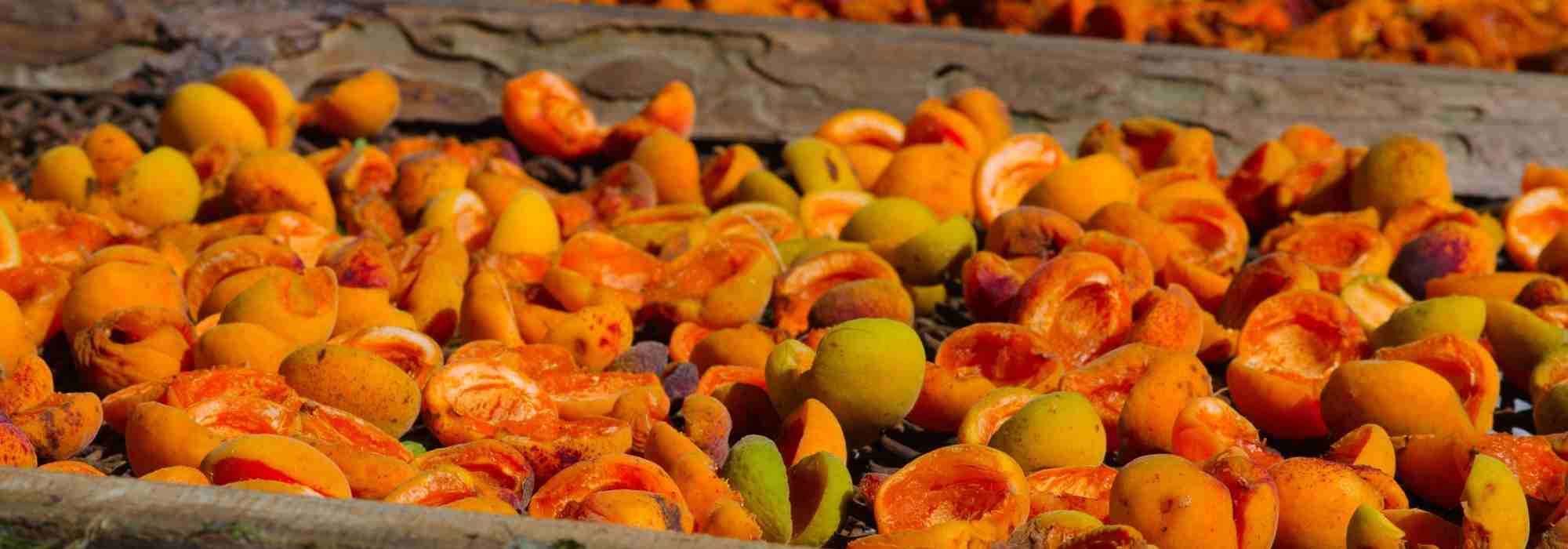
How to store and use homemade dried apricots?
When drying is complete, apricots are still soft, but their skin is leathery and the fruits no longer stick to fingers.
You can also cut a piece of the fruit through the middle, where drying is slower, then press gently to check that the flesh is dry and free of juice.
Storing dried apricots
Once apricots have cooled, store them in airtight containers, to prevent them absorbing ambient moisture: glass jars, metal or plastic tins.
Dried fruit keep for at least one year in a dry place, away from light.
Using dried apricots in cooking
What can I do with dried apricots? Dried apricots can be enjoyed in many ways :
- plain as a snack or as an aperitif
- blended into fruit juices or smoothies
- added to sauces, vegetable or meat stews, and Oriental dishes such as tagine
- cut into pieces in salads
- in desserts, in tarts sprinkled with flaked almonds, in crumbles or simply in yoghurts
How to plump up dried apricots?
Finally, if you wish to rehydrate a dried apricot, simply soak it in a glass of lukewarm water or in fruit juice for a few hours.

- Subscribe!
- Contents

































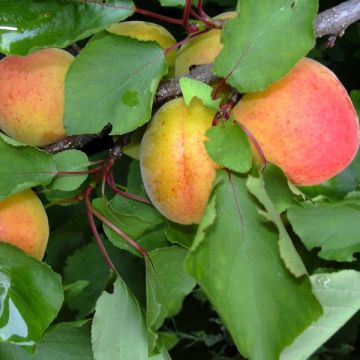
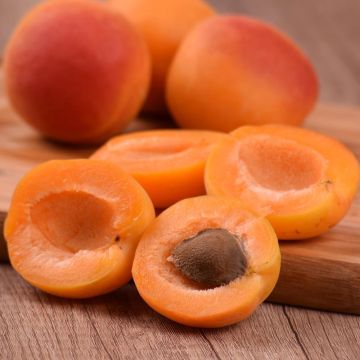
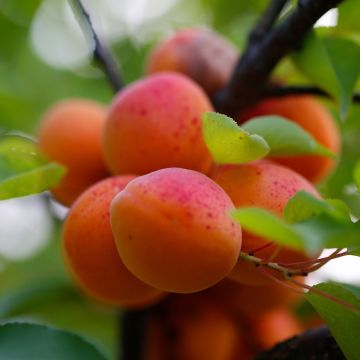
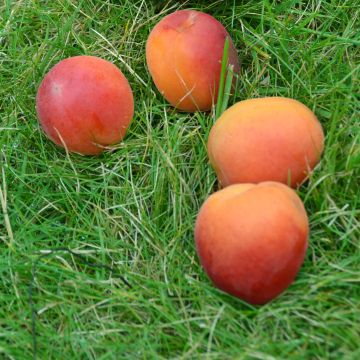
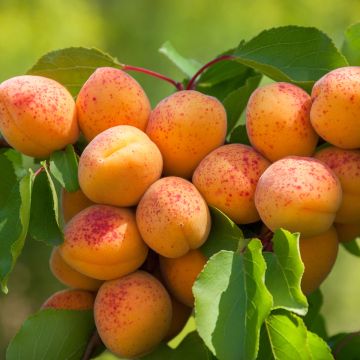
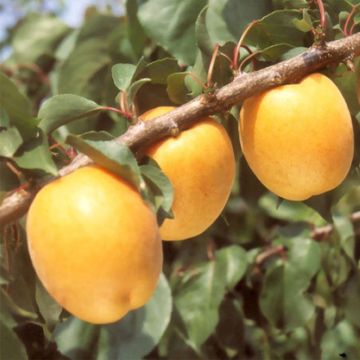

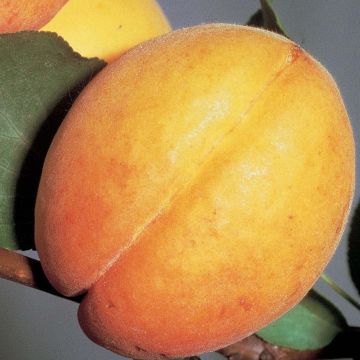
Comments